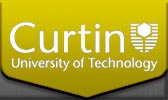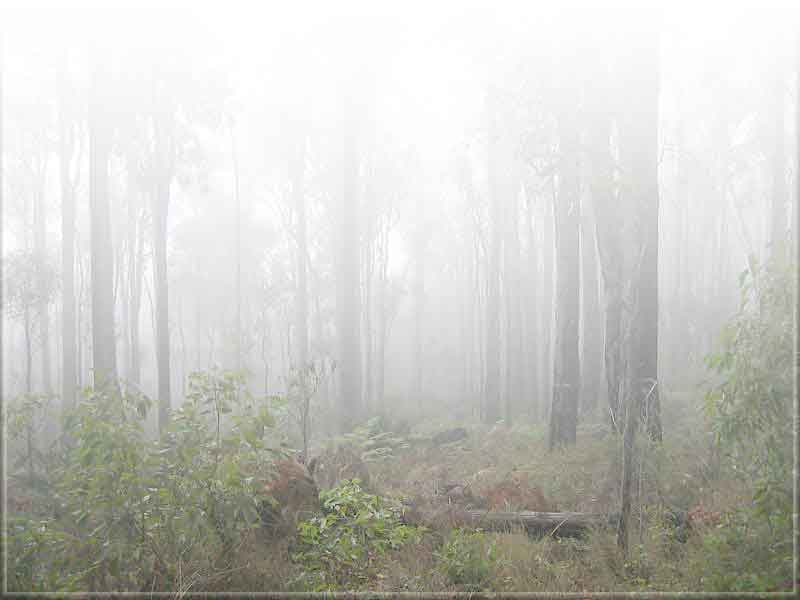Welcome to the Centre for Ecosystem Diversity and Dynamics (CEDD)
The Centre operates from the Department of Environmental Biology, within Muresk Institute, Division of Resources and Environment. The CEDD is a Tier 2 Research Centre whose function is to play a major role in Curtin University’s research management strategy. Tier 2 Research Centres provide a focus for research activity within well-defined fields of study or in closely related interdisciplinary fields of study.
Summary statement of current and proposed research:
We embark upon research on the natural terrestrial and aquatic ecosystems of Western Australia. One emphasis is on documenting the exceptionally high species richness of the SouthWest in relation to functional attributes and spatial patterning, and monitoring species resilience to recurrent disturbance, especially fire, land clearing and browsing animals, and to seasonal stresses, especially drought. We apply interactive models to identify the level of ecosystem 'health' and determine optimal conditions for species and community conservation through appropriate management. We provide additional input into best practice for rangeland ecology and management including flora and fauna.
Strategic direction:
Our broad focus fits within the National Research Priorities of Resources and Energy. Our strategic direction is to conduct research on the conservation requirements of natural resources of WA by obtaining support from the leading funding bodies in Australia and aligning with the major conservation and land rehabilitation bodies in WA. The Centre helps Curtin fulfill its vision to be a world-class university of technology since our research to date has been of world-class standard, as evidenced for example by total citations for the 10 group members of 3,000 for 2000-5. Our mission and values align with Curtin's in the search for innovative applications of technology (in our case to resource management), links with the wider community, and development of graduates and research staff with both an international and regional outlook, including respect for the natural environment and of the traditional role of aboriginal peoples in managing the land. The centre also aims to be a leader in innovative applications of geospatial technologies to understanding ecosystem diversity and dynamics.
Regarding Curtin's strategic plan we highlight internal (interdepartmental and interdisciplinary within biology) and external (CALM, mining companies, other land managers, other research institutions) partnerships. For example, one group member is on the cabinet of the interdisciplinary Alcoa Conservation and Sustainability Fellowship Program, that is concerned with conservation of ecosystems on the south coast of Western Australia. We also have joint ARC Discovery projects with academics at the University of Melbourne, Botanic Gardens Authority (UWA), Germany, USA and New Zealand, and ARC Linkage projects with Alcoa, Worsley, Iluka, WA Chemistry Centre, WA Zoo and Whiteman Park. Other well-funded projects include support from Agriculture WA, Desert Knowledge CRC, Woodside Energy, ACMER, MERIWA, CSIRO, CRC for Spatial Information, Office of Science and Innovation and Australian Wool Innovation (grazing ecology).
Programs including themes, interdisciplinary activity and synergies:
Ecosystem diversity theme:
1. Characterising the biodiversity of plants and animals in Western Australian ecosystems and recording the intactness and degree of threat to each ecosystem (collaboration between entomologists, botanists and spatial scientists);
2. Documenting and explaining reasons for the exceptionally high species diversity of the world-renowned sandplain flora of Western Australia (collaboration between botanists, geographers and system modellers);
3. Understanding long-distance dispersal of propagules as it affects species distribution and genetic diversity over the landscape and implications for fire management (collaboration between botanists, geneticists, spatial scientists);
4. Understanding the role of ants as dispersal agents in the evolution of the Western Australian flora (collaboration between entomologists and botanists);
5. Documenting microflora (diatoms) and microfauna of rivers and lakes (collaboration between algologists and zoologists);
6. Apply models to species functional types to understand how species co-occurrence is maintained (collaboration between botanists, geographers and system modellers).
Ecosystem dynamics theme:
7. Developing technologies for rehabilitating disturbed lands and restoring ecosystem functioning; eg examining impact of fire on the rate of return of species-rich communities after sand mining (collaboration between ecologists and land rehabilitation officers);
8. Documenting and explaining selective grazing by kangaroos and sheep, including cartographic visualisation, and how this can be managed for plant species and rangeland conservation (collaboration between botanists, agriculturalists, land managers and spatial scientists);
9. Role of animal scents, sounds and lights in deterring kangaroos from feeding on vegetation recovering after fire and mining (collaboration between zoologists, botanists, animal sanctuary owners, land managers, rehabilitation officers);
10. Documenting the impact of invasive organisms, in particular exotic ants, on ecosystem structure and function;
11. Documenting impact of seasonal drought, mining and agriculture on microflora and microfauna of rivers and lakes (collaboration between algologists, aquatic ecologists and zoologists);
12. Use of geospatial technologies to monitor human impacts on natural ecosystems, including clearing, mining, fire and grazing (collaboration between spatial scientists, agriculturalists, land managers and plant ecologists).
Performance targets:
We produced 290 publications (prorated) over the assessment period. We think it reasonable to aim to at least maintain a mean output of 50 publications per year. We produced 7 MSc/PhD graduates in 2005, and we will aim to at least maintain this number. 427 of our papers were cited 3190 times over the period.







